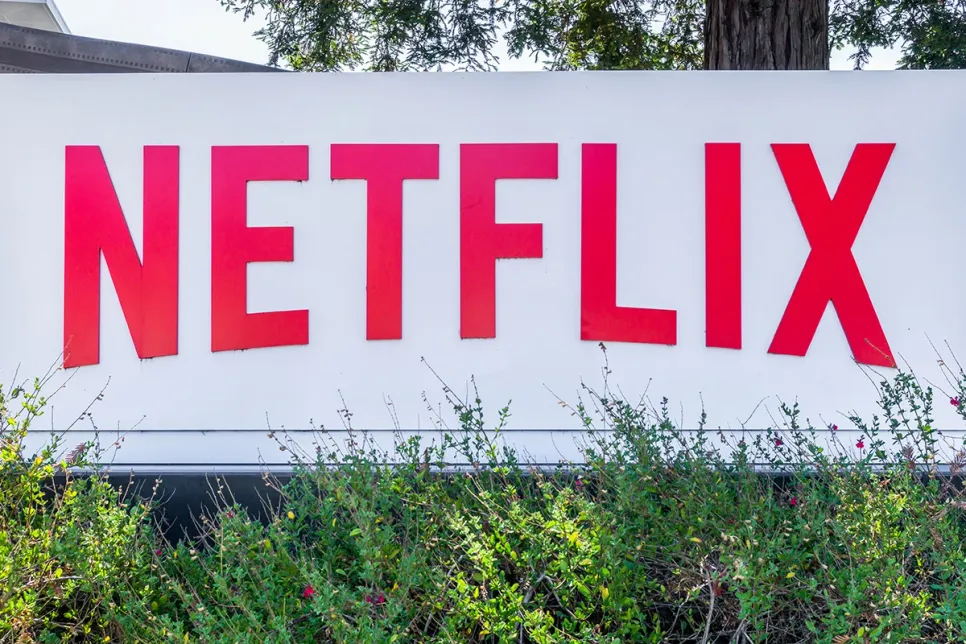Hiberus Acquired Telefónica Tech's Assets in Latin America
Hiberus will acquire Telefónica Tech’s businesses in Colombia, Mexico, and Chile.

Netflix shocked investors by reporting a drop in U.S. customers and much slower growth overseas, according to Bloomberg. It is raising fears that the streaming giant is losing momentum just as competitors prepare to pounce.
The shares plunged as much as 12% after the company reported a loss of 130,000 customers in the U.S. Netflix blamed higher prices and a weak slate of TV shows. It signed up 2.8 million subscribers internationally in the period, roughly half what the company predicted.
The quarter represents the biggest black eye for Netflix since 2011, when the company split its DVD-by-mail business from its streaming business. Netflix said the miss is a one-time blip rather than a long-term problem.
The second quarter has typically been its weakest time of year: The company missed its forecast during the period in three of the past four years. Netflix looks to add 7 million subscribers in the current quarter, thanks in part to the return of top shows “Stranger Things“ and “Orange Is the New Black.“
For now, the second-quarter shortfall is renewing investor concern about the company’s heavy program spending and low profitability. Netflix shelled out more than $3 billion on programming in the quarter and another $600 million to market its shows. The company spent $594 million more than it took in and will need to raise money to fund programming.
Investors had been forgiving about the spending and the debt, so long as customers grew at record rates. But the loss of subscribers in the U.S. suggests Netflix may be running into price resistance or the limits of the addressable domestic market. The company has forecast it can reach as much as 90 million customers in the U.S., compared with 60.1 million currently.
International results flagged too, with the company missing its own forecast of 4.7 million new subscribers. Europe, Latin America and Asia have been the primary drivers of Netflix’s customer acquisition in recent years, and growth must be sustained if the company is to justify its high valuation.
Netflix's competition is coming. Walt Disney and Apple plan to introduce streaming services this year, while offerings from Comcast and AT&T arrive in 2020. Those services may not steal users from Netflix, but they will make future growth harder. Another challenge is that the competitors are taking back rights to programs that have been popular on Netflix to use for their own services. That will force Netflix to rely even more on its original productions.